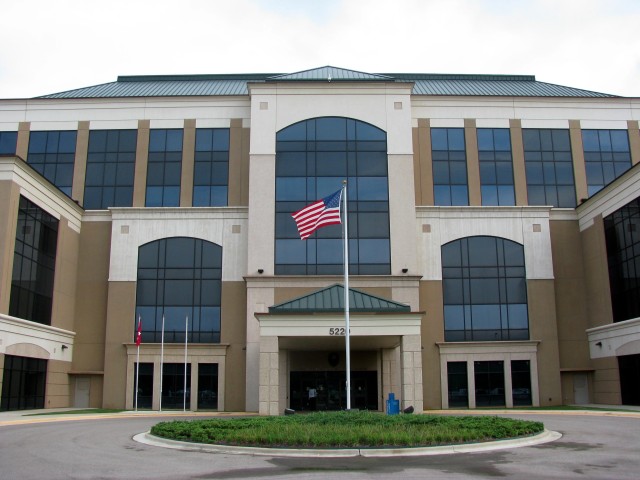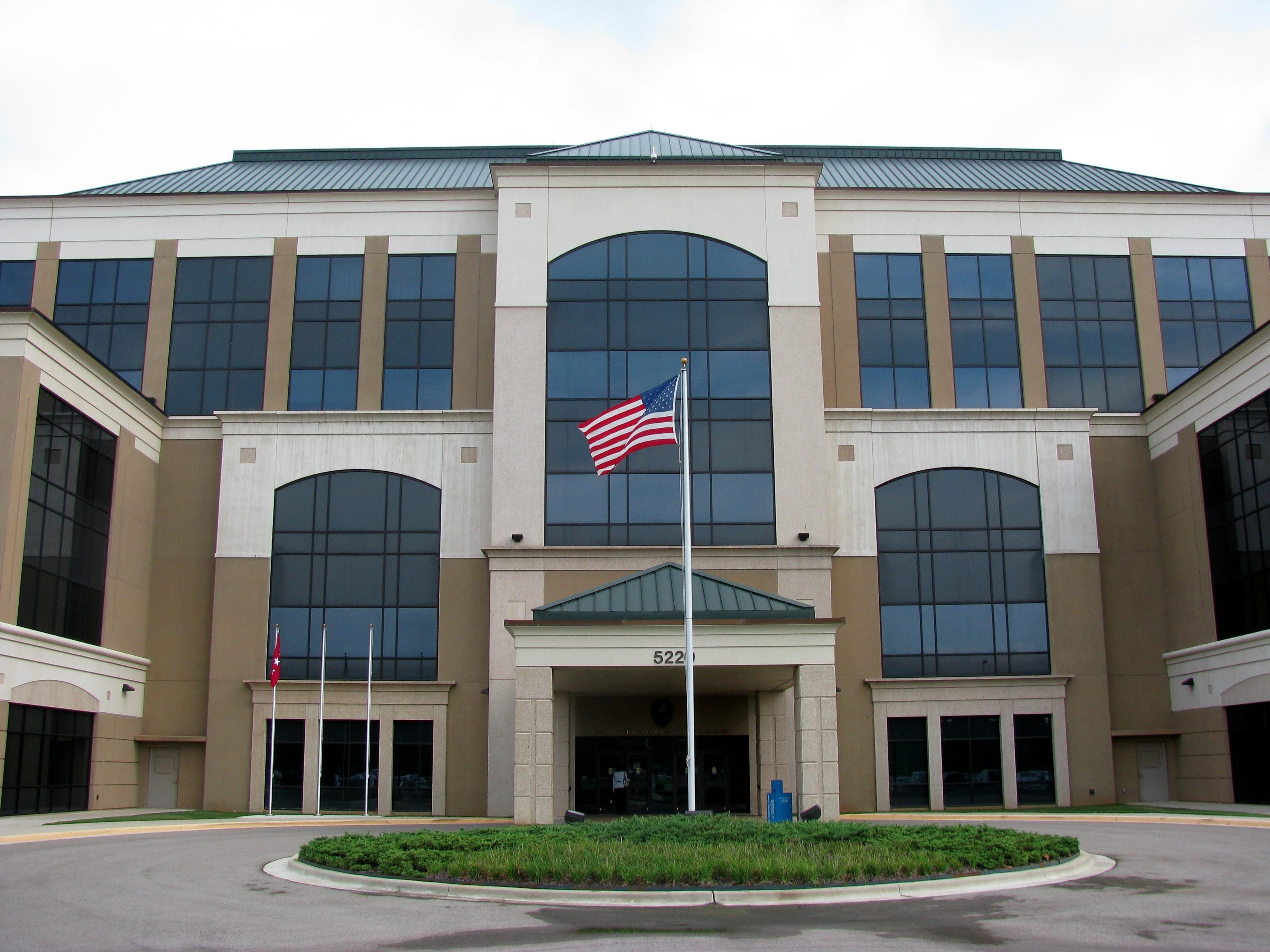National defense and war fighters rely on missile capabilities and space-based communications. The Space and Missile Defense Command leads the Army's effort in both fields.
"We are the premier space and missile defense organization within the Army," Col. John Hamilton, SMDC chief of staff, said. "We have a number of roles and functions that we perform."
SMDC completed its move to the Werhner von Braun Complex in 2007 as part of the 2005 Base Realignment and Closure. It was a return home of sorts. Their predecessor, the Redstone Anti-Missile Missile Office was created on the installation in 1957 and the organization has maintained a presence of some sort at the installation ever since. Over the years, the organization has seen many changes to reflect its mission in the evolving Army. Most recently, its name took on the added title and responsibilities of the Armed Forces Strategic Command in 2006.
Their mission breaks down into two main components, an operational portion and one that deals with research, development and acquisition. Both sides have a direct effect on Soldiers in the field, Hamilton said. Knowing that makes for a rewarding job.
"We're actually supporting war fighters every day. Every day there is a Soldier on the ground that's relying on the capabilities we provide. It's a 24-7 operation," Hamilton said. "Without those capabilities, our Soldiers would be even more at risk. It feels good to know that we are as an organization contributing directly to that."
The operational portion is global, as is their mission. They have numerous brigades and battalions of active duty and Guard Soldiers on the job worldwide providing the communications, warning and interceptor services crucial to the battlefront.
"We provide all the communications from the president right on down to the Soldier on the ground through satellite communications. We provide that globally," Hamilton said.
They also have a Washington, D.C. location which handles the integration of training, doctrine, leadership education, materiel and the like for all Ballistic Missile Defense System components.
The primary elements of the RDA part of their business are located here at Redstone. Some 800 civilians and contractors work within their walls at Redstone as part of the over 2,000 people they employ worldwide. The RDA component is comprised of three main areas. While they each have individual functions, they come together to provide advanced capabilities that fit Soldier's needs in a cost effective way.
"In addition to being a war fighting command -- which most commands are either a research, development and acquisition or a training and development kind or organization or operational - we span all of that," Hamilton said.
The three components, Technical Center, Contracting and Acquisition Management Office, and Technical Interoperability and Matrix Center, represent the organization's efforts to develop and improve technology. They find ways to use space capabilities for the war effort. They are technical managers, materiel and combat developers. They handle the business end of SMDC/ARSTRAT operations. They also oversee employees working within other organizations.
Their relationships with other organizations are important, Hamilton said. Moving to Redstone with the organizations which are located here was not a random decision.
"If I had to say one thing that was important about the command's move to Huntsville and MDA's move to Huntsville, it's that it's all synchronized to make Redstone Arsenal the center of excellence for missile defense and future technology," Hamilton said. "We partner with them in a lot of areas. We do the operations and they do the research and development. Our research, development and acquisition people are in support of MDA in a lot of what they do. It's a great relationship there."
Lesser known is the fact that SMDC also manages the Army's astronauts at the Johnson Space Center in Houston. There are four Army astronauts in the program. The next to launch is preparing for a November mission. SMDC provides operational support for them, as they did their 11 predecessors.
SMDC plans on being busy with new technologies. Some of their projects are already making headlines.
"We have proponency for the Army for the Ground-Based Midcourse Missile Defense System, which is the new system you hear so much about," Hamilton said. "We're also the lead for the Forward-Based X-Band Radar."
Other projects are not as grand in scope. While they may be smaller in size, they are big in impact to Soldiers. They are working on technologies to address immediate communication needs in the war fight, Hamilton said.
"It's called SMDC-1 and it's a small nanosat," he said. "We have these big satellites operating in space. Everybody relies on them. Everybody is counting on them. But there are also capabilities for the war fighter in the field where they may need for communications or enhancements in his little part of the world. So we're looking at the capability to put small little satellites a couple of feet wide up in space that for a short period of time can handle his communication needs."
________________________________________________________________________
Tenants of Redstone
14th in a series
________________________________________________________________________


Social Sharing